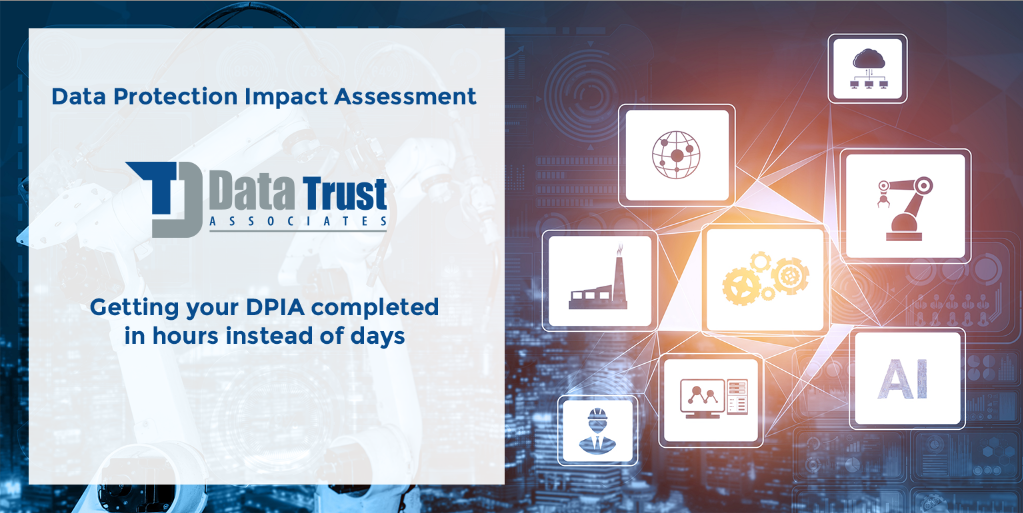The Data Catalog is a popular discussion topic in business and IT Departments. While many larger companies have long embarked on this journey, the actual return on investment is often hard to justify. So, while the logic to having one is obvious, many companies remain unconvinced. After overseeing over a dozen implementations in various industries, we always see the same troubles return.
If you’re considering a Data Catalog implementation but don’t know where to start, you should join our live event on September 29th. In this event, we lay out a plug-and-play approach to Data Governance that we have shown to work. Not just in theory, but in practice.
Reminder: A Data Catalog is often presented as a webshop for data. It contains metadata (data about data) describing data sets and APIs, how they are defined, and where to find them. It also plays an integral part in the governance process. It provides features that help ensure Data Quality and compliance and that only trusted data is used for analysis. Without an in-depth knowledge of data and associated metadata, organisations cannot truly safeguard and govern their data.
The 5 Data Catalog blockers
These five blockers either cause a failure to implement or stop nip it in the bud.
1) Incorrect drivers – Rather than focus on the big picture of business and data enablement, many initiatives end up as a severe documentation effort leading nowhere.
2) Buy-In & Complexity – Implementing a Data Catalog significantly changes how we think about and work with data. Everyone needs to be on board for its success.
3) Data Quality – Many organisations focus on the cherry on the cake (the Data Catalog) – but underneath, there’s a vast effort into both Data Governance and Data Quality required to make it more than a hollow promise.
4) Business and Technical metadata – Only focusing on technical metadata while you need both business and technical metadata linked. After all, your consumer will search using business terms while expecting a dataset built up with technical metadata.
5) Cost – DCs are often seen as an OPEX cost. Senior management will be looking for a quick ROI which is hard to find if we look in the wrong direction (or make the wrong tool choice).
So, how can we overcome these obstacles for those starting their Data Catalog journey?
What are your drivers for a DC?
While not often expressed, we observe that the #1 driver is that ‘the competition has one’. And while this might be a half-decent indicator, it can be dangerous to follow this blindly without having a strong “Why”.
An experienced Data Leader will recognise the need to link their data management strategy with business objectives and know that making data findable, accessible, and usable in a compliant manner is core to supporting the company-wide strategy.
Before choosing a DC solution, we strongly recommend choosing the correct drivers and communicating them to critical stakeholders to make them understand the urgency.
Advice for tackling complexity – 6 tips
Those well-versed in data management know that discussing Data Governance at the board level is a struggle.
Many complex frameworks exist to support rigid Data Governance programs.
The truth is that complex frameworks mostly fail as the focus lies on control instead of enablement.
How can we make the introduction of a Data Catalog less complex?
Tip #1 Identify and work with the ‘coalition of the willing’ across the organisation. These are often the Data Stewards that thrive in times of change and like to work on new projects. The new mindset needs to be well understood by this team for them to evangelise it.
Tip #2 Plan for your Data Catalog as if it was the cherry on the cake and work your way back from a specific list of datasets you want to offer. Then apply Data Governance and Quality, particularly to those datasets.
Tip #3 Link the drivers with practical use cases with a business focus and immediate ROI. Applying the agile approach with a proven implementation framework should lead to early deliveries reflecting business needs.
Tip #4 Introduce the Data Mesh mindset. As this topic is making headlines across different channels, there is a lot of merit in merging the Data Mesh principles and those of Data Governance in a way that matches where your company is today.
Tip #5 Integrate Data Quality into your program. We find that Data Quality is a much easier sell to the business as they see and feel the immediate effects of simple improvements such as a ‘profile report’; simple business rules to standardise data formats.
Tip #6 Balance soft skills with technical skills. Too often, the focus lies on tools and technical capabilities. We overlook the need to communicate and coordinate change, but this is what it’s all about.
While much more can be said at this point, we have learned that paying attention to these points helps mitigate the most common challenges that occur today.




